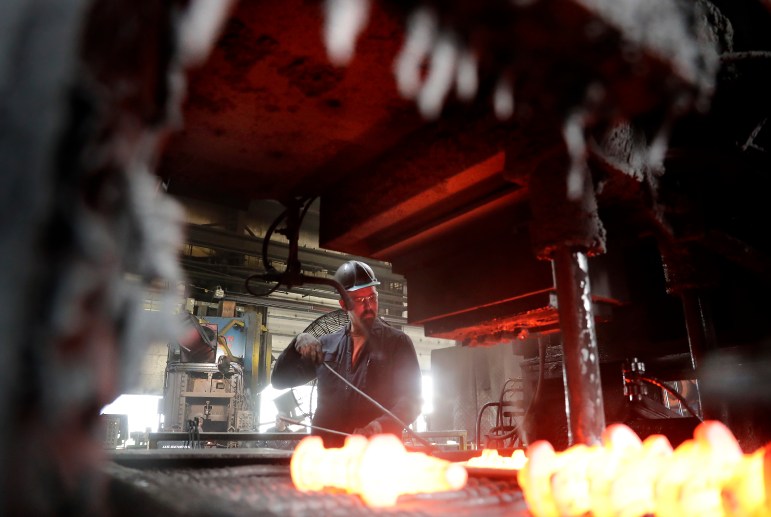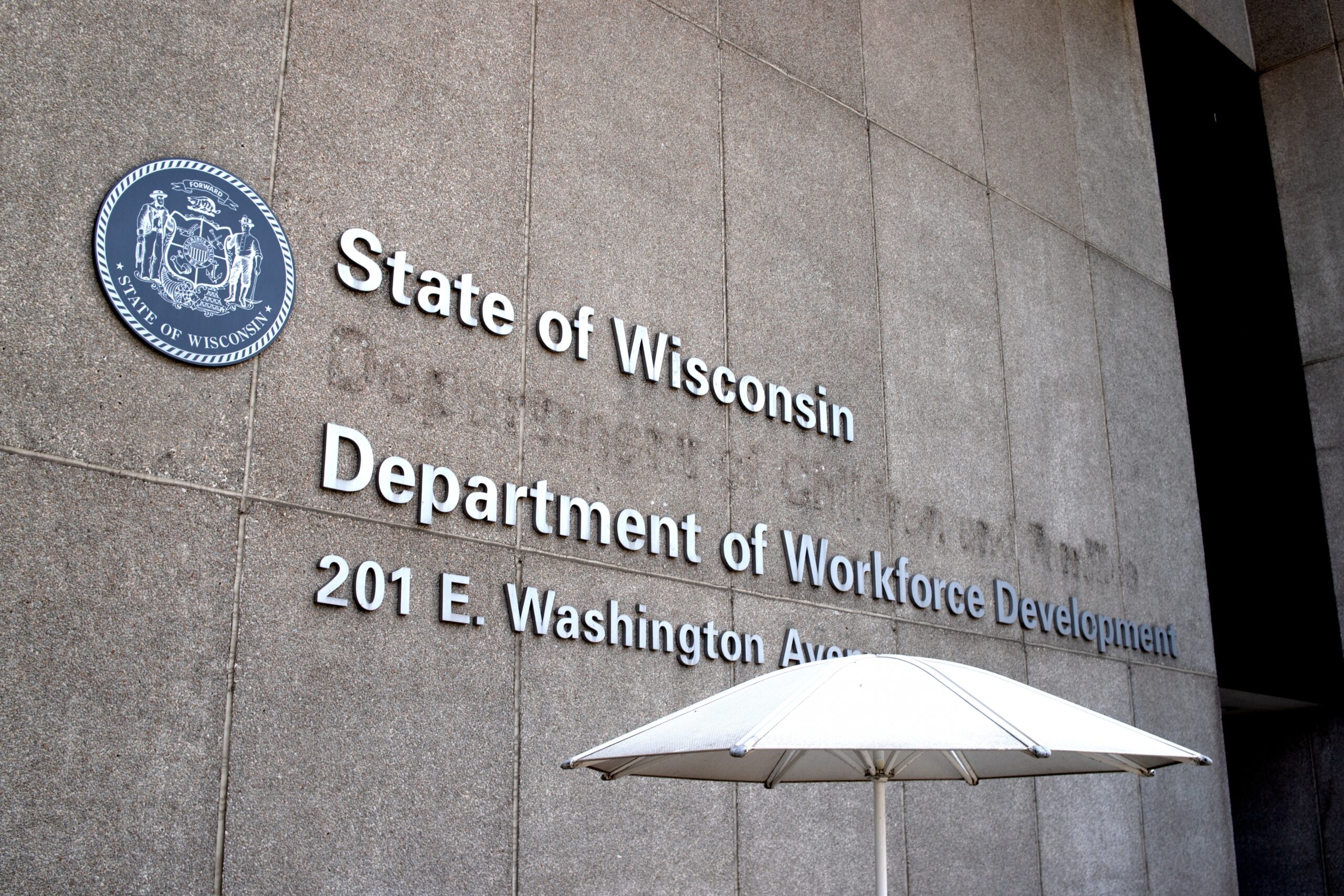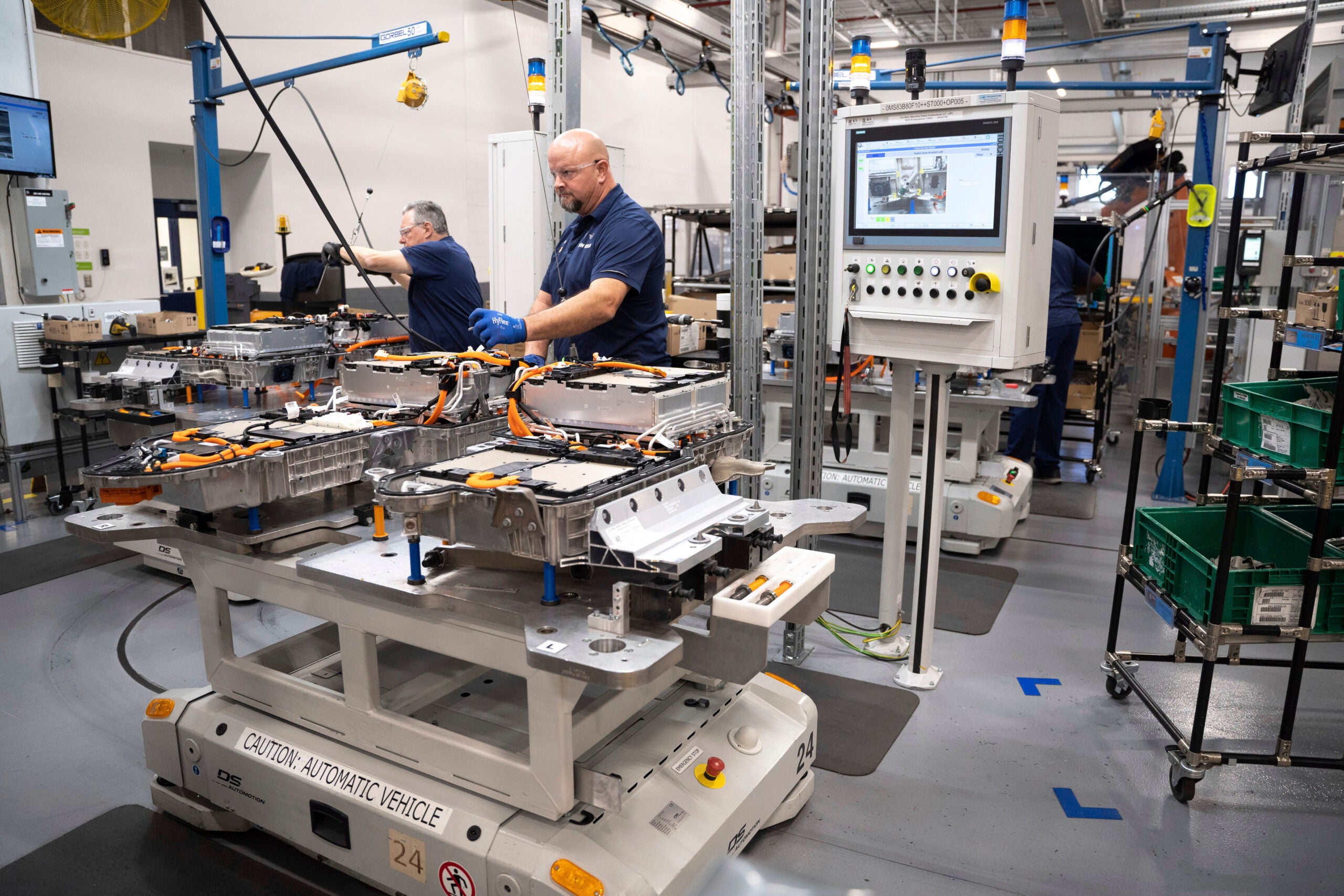Despite global pressures in the last few years, Wisconsin’s economy remains strong — thanks in large part to the work ethic of its labor force.
That was the message from state officials at the 2023 Wisconsin Economic Summit Monday in Appleton, hosted by the Wisconsin Economic Development Corp. While officials said the state economy is healthy overall, it does face long-term threats that could hamper future growth.
The event came after the state Department of Workforce Development, or DWD, announced last week Wisconsin hit a new record for total non-farm jobs in September, as the unemployment rate remained near record lows at 3.1 percent.
News with a little more humanity
WPR’s “Wisconsin Today” newsletter keeps you connected to the state you love without feeling overwhelmed. No paywall. No agenda. No corporate filter.
At the summit, DWD Secretary Amy Pechacek said it was the third month in a row the state broke the total non-farm jobs record.
“Wisconsin is on a record-breaking economic streak,” she said. “We are continuing to move full speed ahead.”
She said the state has also broken its low unemployment record three separate times in the last year, and consistently has a better labor force participation rate than the national metric.
State’s workforce and women are sources of strength
John Koskinen, chief economist for the Wisconsin Department of Revenue, said the strength of Wisconsin’s economy comes from its workforce. He said 85 percent of Wisconsin’s prime working age population — defined by economists as people between the ages of 25 to 54 — is engaged in the workforce.
“We prefer to work,” Koskinen said. “We are among the states that have the highest work preference.”
As a product of the state ranking highly for labor force participation, Koskinen said the state had the third-lowest poverty rate in the country as of 2021. But that number has been updated, and the state is now the “second-lowest in terms of the overall poverty,” he said.
And, Koskinen said, he believes Wisconsin’s working women give the state an edge. In 2022, Wisconsin women had a labor force participation rate of 59.3 percent, while women nationally had a 56.8 percent rate, according to the U.S. Bureau of Labor Statistics.
Roughly 75 percent of families with children have both parents working, which gives the state an advantage in terms of family income and combating child poverty, he said.
“Women are more engaged in the workforce in this state than the rest of the country as a whole,” said Koskinen.
Aging population, child care are cause for concern looking forward
But even though Koskinen and other officials are optimistic about Wisconsin’s economy, they acknowledged there are issues that could hamper its ability to grow long-term.
He said more people have died in Wisconsin than were born over the last few years. In fact, between 2020 and 2022, over 2,000 more people died than were born in Wisconsin, according to a 2023 report from Wisconsin Manufacturers and Commerce, the state’s largest business lobbyist.
Wisconsin also has an aging population, and is one of only 14 states with a median age over 40, the report said.
Those demographic challenges have caused headaches for employers, who are struggling to find enough qualified workers, as there are 2.4 open jobs for every one jobseeker, Pechacek said.
“We have more jobs than we have physical bodies to fill those jobs right now,” she said. “In Wisconsin, we’re not alone in this. This is a problem felt throughout the Midwest, throughout the entire nation, even a global issue.”
Another pain point for Wisconsin’s economy, Koskinen said, is child care availability. He said child care services have not recovered from pandemic losses, making it a continuous challenge.
“While I alluded to the gains that we had on the strength of Wisconsin women and the difference that that makes, surprisingly, in 2021 — compared to the pre-pandemic levels — married women’s labor force participation dropped, largely because more people had to be home to make sure they were taking care of the kids,” Koskinen said.
This month, Gov. Tony Evers announced plans to direct $170 million in federal COVID-19 relief funds toward the child care industry, as the Child Care Counts program was set to run out of money in January. The emergency funding will last until June 2025. The governor and the Legislature have been at odds for months over the future of the program.
During the summit, Evers said the state needs to invest in efforts to reduce barriers preventing people from joining the labor force and efforts to bring more young workers to the state.
Specifically, he called for funding to prevent the “imminent collapse” of Wisconsin’s child care industry, funding for the Universities of Wisconsin and technical colleges to attract the next generation of workers and funding to support the health care and education workforce.
Wisconsin Public Radio, © Copyright 2026, Board of Regents of the University of Wisconsin System and Wisconsin Educational Communications Board.





